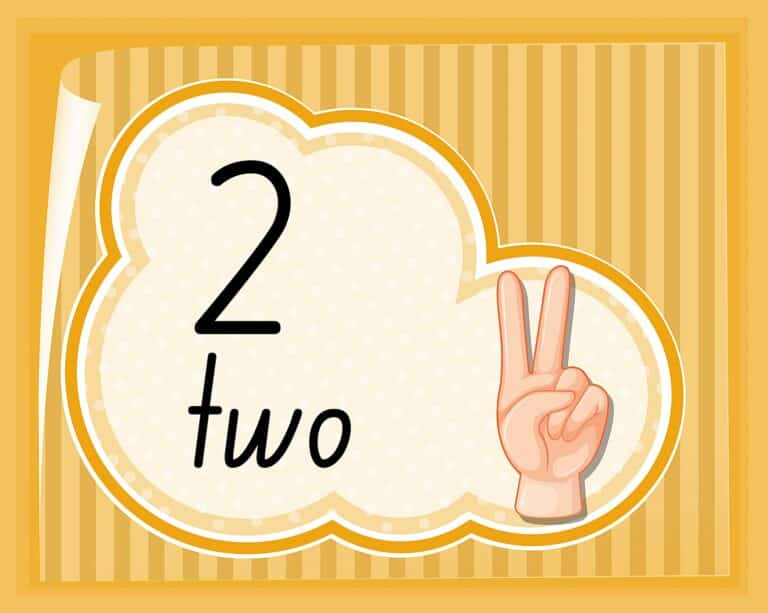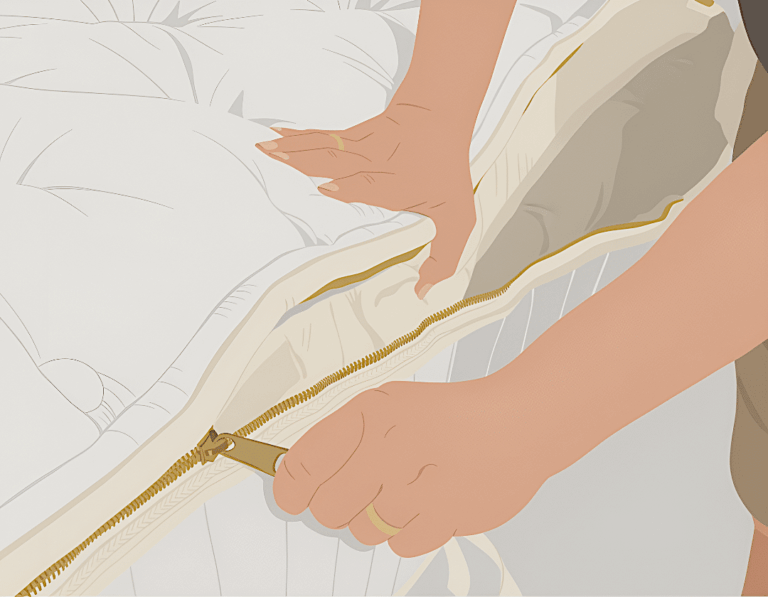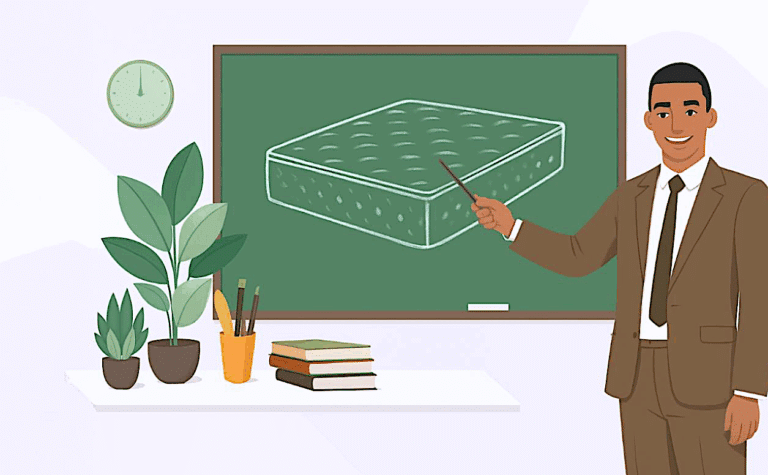Mattress Support Layers Explained: A DIY Guide
When building your own mattress, the smartest place to start is with the support layer.
The support layer is the bedrock of the entire mattress: this layer is arguably the most important decision you’ll make in your DIY mattress build.
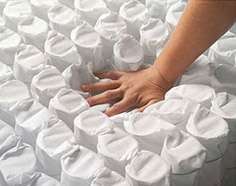
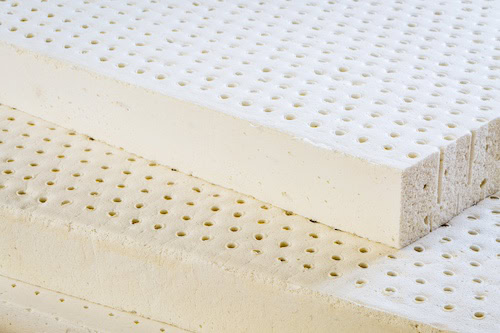
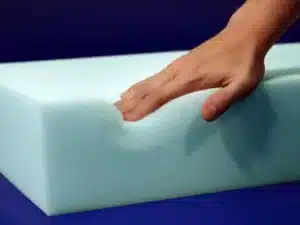
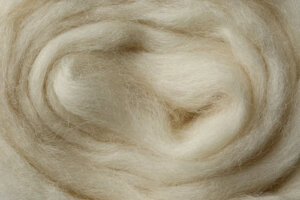
Last modified on:
Reading time: 14 minutes

Introduction: It All Starts at the Bottom
Before you start dreaming about cozy comfort foams or that perfect organic zippered cover, you’ve got to get the foundation right. Literally.
It’s what keeps your spine aligned, your comfort layers performing their best.
And that’s why we’re starting here
In this Support Layers Guide, we’ll walk you through:
What is a mattress support layer?
A mattress’s support layer is the bottom layer of a mattress, typically ranging in height from 4 to 8 inches. It is the foundation of the mattress.
A mattress consists of:
The support layer sets the tone.
Everything else builds on top of this layer. Once you know what’s holding you up (your support layer), choosing the right comfort layer or layers and then the right zippered cover becomes much easier.
There are four primary types of support layers: pocketed coils, latex foam, polyurethane foam, and, less commonly, wool mats.

Mattress Support Layer 101:
What It Does & Why It Matters
A mattress support layer is the strong, stable structure that ensures everything above it works properly. Without a solid support layer, even the softest, fanciest comfort foam can feel like a disappointment.
How Is It Different from a Comfort Layer?
(Swipe ➡️ to see entire table.)
|
🛏️ |
Support Layer
|
Comfort Layer
|
|---|---|---|
|
Location |
Bottom of the mattress |
Top of the mattress |
|
Firmness |
Usually firm or very firm (unless for kids or very lightweight sleepers – then med-firm is ok) |
Medium to soft (sometimes plush) |
|
Function |
Provides structure and alignment |
Provides pressure relief and softness |
|
Materials |
Coils, firm foams, dense fiber mats |
Latex, memory foam, polyfoam, wool, microcoils |
|
Replaced Often? |
Rarely, built to last |
Yes, comfort layers break down sooner and get swapped out more frequently |

What Does Good Support Feel Like?
When your support layer is doing its job, here’s what you’ll notice:
If you’re waking up sore, stiff, or like you’ve been wrestling your bed overnight… your support layer may be the problem, not your comfort layers.
Your DIY Options: The Big 3 Support Layer Categories
When it comes to your mattress, the support layer is vital, so it pays to get this choice right. DIYers have three excellent categories to choose from, and each offers its own strengths depending on your body, budget, and preferences.
1. Pocketed Coil Units
Pocketed coils (also called encased coils or fabric-wrapped springs) are one of the most popular and frankly, best support options for DIY mattress makers.
If you’ve ever heard the term ‘hybrid mattress,’ this is the ‘support’ part of that equation.
Each spring is individually wrapped in its own fabric pocket, allowing it to move independently from its neighbors.

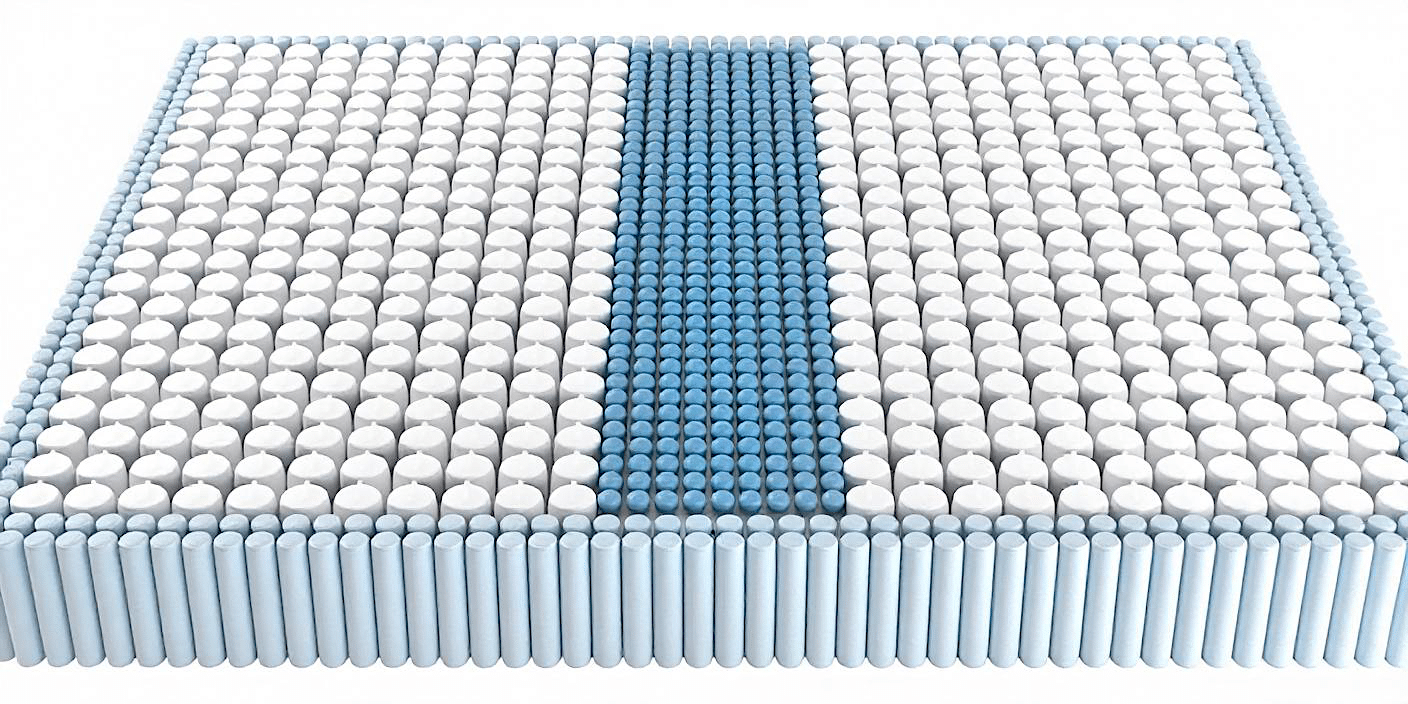
Pro Tip: If your budget allows, choosing a coil unit with reinforced perimeter coils is a smart investment. These edge-support designs use firmer or thicker-gauge coils around the outer rows, giving your mattress a sturdier, more stable feel, especially when sitting or sleeping near the edge.
Why DIYers ❤️ pocketed coils
⚠️ Things to watch for
Recommended brands
As DIYers, we’ve got some great pocketed coil choices:
Want help choosing between them? We’ve got a full breakdown for you here: Pocket Coil Comparison: Leggett & Platt vs. Texas Pocket Springs
2. Firm (or Very Firm) Foams
Don’t be fooled by the word ‘foam’. We’re not talking about cushy comfort layers here.
We’re talking firm support layers made of either high-density polyurethane foam (polyfoam) or latex foam.
These foams act as a solid platform for the comfort layers above them. They’re especially useful in:

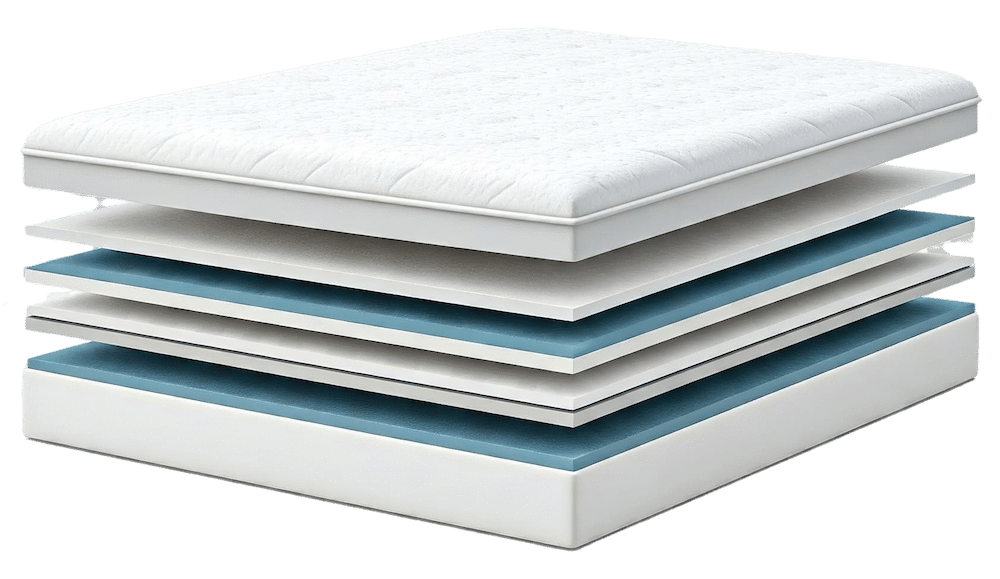
Pro Tip: If you’re a heavier sleeper or building for long-term durability, a latex support layer almost always outlasts polyfoam. It’s more expensive, but may well be worth the investment.
Why DIYers use firm foams
👀 What to look for:
⚠️ Things to watch out for
3. Fiber Mats (Wool or Cotton)
Looking for something chemical-free, ultra-breathable, and rooted in centuries-old mattress tradition?
Fiber mats (like wool or cotton batting) can be used as the base layer in a surprisingly supportive build.
These materials compress over time but offer a firm, slightly springy feel (especially wool).
You’ll find them in handmade mattresses, organic futons, and minimal builds where natural materials are the priority.
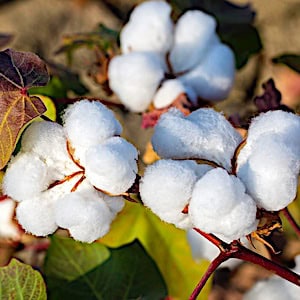
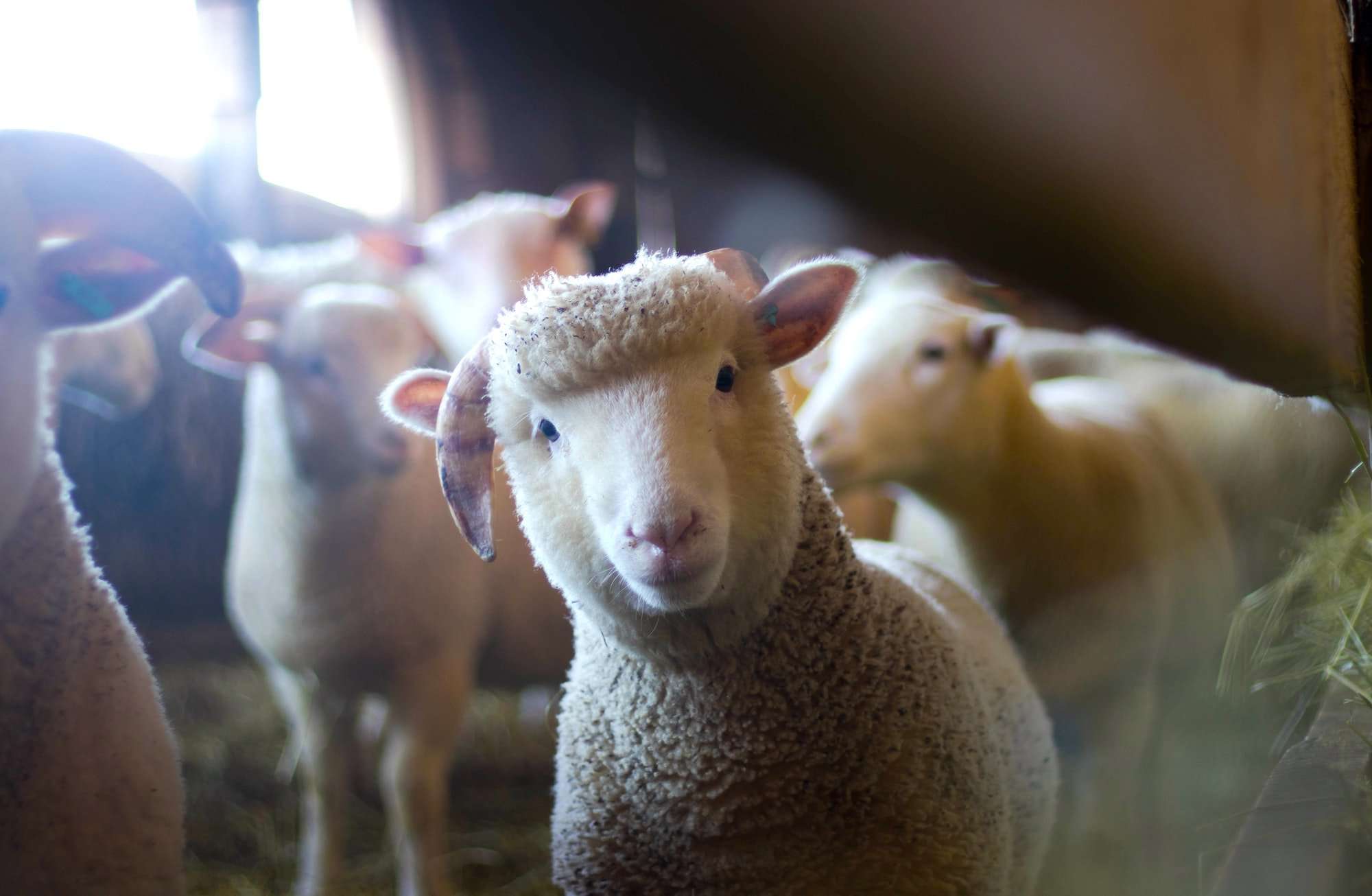
Pro Tip: Fiber support layers pair beautifully with latex, shredded latex, and/or soft wool toppers. Consider this combo if you want a plush top feel with a supportive, breathable base underneath.
How to Choose the Right Support Layer for You
By now, you know that the support layer is the unsung hero of your DIY mattress. It’s the crucial structure that holds everything, and everyone, up night after night.
But choosing the right support layer? That’s the part that transforms your DIY mattress from ‘pretty good’ to your absolute favorite mattress ever.
Here’s how to get there:
If you are someone who changes sleep positions a fair bit, or has an active sex life, you may want to seriously consider pocketed coils and/or latex, as ‘responsive’ components make for much easier ease of movement.
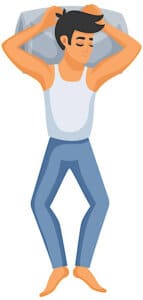
Back Sleepers
Most support component types work for back sleepers; aim for even firmness and solid alignment.
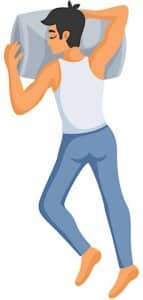
Belly Sleepers
Similar to back sleepers, belly sleepers need a firm, non-compressible base. Pocketed coils, firm latex/foam, or firm fiber mats are great here.
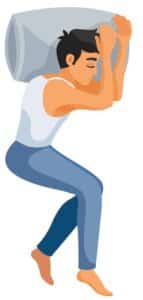
Side Sleepers
Zoned coils or zoned latex support layers can help align hips while reducing pressure under shoulders.
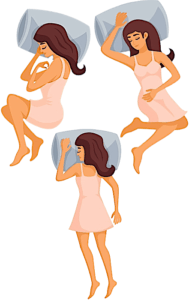
Combo Sleepers
Look for responsive support (such as coils or latex) for ease of movement as you change positions.
Know Your Body’s Needs
Support layers respond differently depending on your weight and build.
Pro Tip: Heavier sleepers get more out of latex and reinforced coil units. These materials last longer under load and provide better long-term alignment. That’s not to say you can’t use polyfoams, just be aware you’ll likely be replacing them sooner and more frequently.
Think About the Mattress You Want
(What kind of feel are you going for overall?)
(Swipe ➡️ to see entire table.)
|
Goal
|
Start With This Support Layer |
|---|---|
|
Classic hybrid bounce + pressure relief |
Pocketed coils + soft latex/topper |
|
Firm, natural, low-profile |
Dunlop latex or wool base + soft topper |
|
All-natural and breathable |
Wool or cotton fiber mat + natural latex topper |
|
Quiet, motionless feel | |
|
Adjustable base compatibility |
Latex or foam, or coil units rated as flexible |
Advanced Support Layer Considerations
Once you’ve narrowed down your support layer category (coils, foam, or fiber) you’re ready to fine-tune your build with some expert considerations.
Optimal Thickness & Mattress Height Planning
Support layers do best when they’re thick enough to do their job, but not so thick that they overpower the build.
General Thickness Guidelines:
Pro Tip: For most builds, shoot for 10–12 inches total mattress height. This gives you enough room for a robust support layer + comfort layers, and fits most sheets and zippered covers.
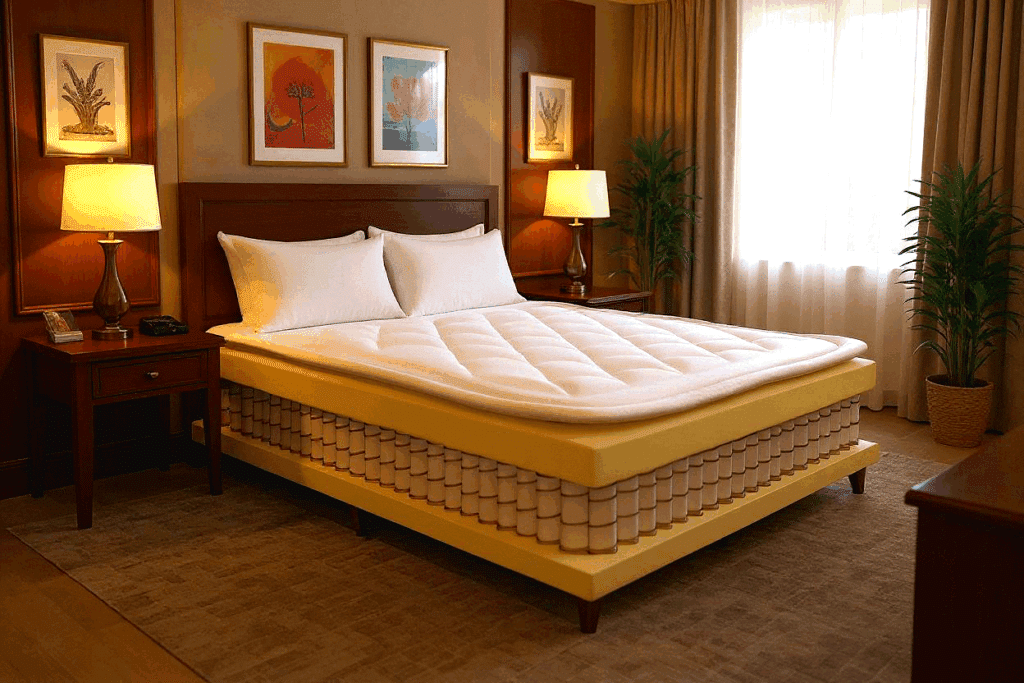
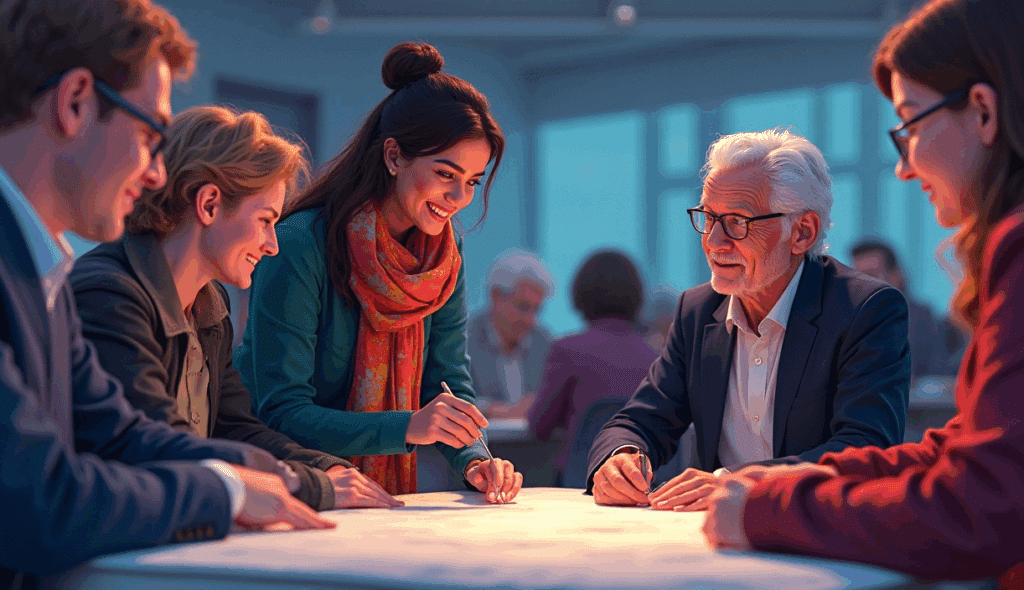
Zoned Support Layers: What They Are & Who They Help
Zoning means the support layer has different firmness levels in different areas; softer under the shoulders and firmer under the hips, etc. Zoning is generally only available on select pocketed coil units and certain latex support layers.
Not everyone needs zoning. If you’re a back or stomach sleeper or if your body weight is evenly distributed, standard non-zoned layers may feel just right.
EDGE SUPPORT: THE UNSUNG HERO
If you’ve ever sat on the edge of a mattress and felt like you were sliding off, you know why this matters.
Edge support improves:
How to Get Good Edge Support:
If robust edge support is important to you, you should strongly consider pocketed coils with edge support as your support layer.
Learn more by reading our Pocket Coil Comparison: Leggett & Platt vs. Texas Pocket Springs.
Load Distribution & Weight Considerations
Support layers aren’t one-size-fits-all. Heavier sleepers require a bit more strategy.
For Heavier Bodies:
Pro Tip: Comfort layers will last longer and feel better when held up by a high-quality support layer. That’s true for all bodies, but especially true for heavier ones.
Sustainability, Off-Gassing & Longevity
If you care about what’s inside your mattress and how long it sticks around after you’re done with it, this section’s for you.
(Swipe ➡️ to see entire table.)
|
Support Type
|
Avg Lifespan
|
Sustainability
|
Off-Gassing |
End-of-Life |
|---|---|---|---|---|
|
Pocketed Coils |
10+ years |
Mixed (steel + fabric) |
No |
Partially Recyclable |
|
Firm Polyfoam |
5-8 years |
Low (petroleum-based) |
Yes |
Landfill only |
|
Latex Foam |
10-15 years |
High (natural rubber) |
Minimal (if natural) |
Biodegradable |
|
Wool or Fiber Mats |
8-12 years |
High (renewable/natural) |
No |
Biodegradable |
Pro Tip: If sustainability is a top priority, natural latex or wool support layers offer the cleanest conscience and longest usable life.
Yes, You Can Stack Support Layers
Layering isn’t just for comfort. You can stack two support layers to tweak the feel or improve durability.
Why stack support layers?
Just make sure the firmest, most stable layer goes on the bottom.

Bed Base Compatibility: Don’t Skip This!
Your support layer needs a solid foundation, literally. The wrong bed base can cause:
Pro Tip: Fiber mats like wool or cotton should never be placed directly on a solid surface long-term without airflow. They absolutely need to breathe.
(Swipe ➡️ to see entire table.)
|
Base Type
|
Notes
|
Works With
|
|---|---|---|
|
Slatted platform bed |
Coils, foam, latex, fiber |
Slats should be no more than 3″ apart. Add a bunkie board if wider. |
|
Solid platform |
All types |
Great support, but make sure there’s enough ventilation (cutouts or a breathable build). |
|
Adjustable base |
Foam, latex, and some flexible coils |
Only use coil units labeled as adjustable-compatible. |
|
Box Spring |
Not recommended |
Too much flex. Can destabilize foam or latex layers. |
|
The floor |
Foam, latex, coils (in a pinch) |
Ok short term. However, no airflow = risk of moisture accumulation. |
Related Resources & Next Steps
By now, you know more about mattress support layers than most mattress salespeople. No, seriously.
Whether you’re still weighing your options or ready to start building, here’s how to take your next steps with clarity and confidence.
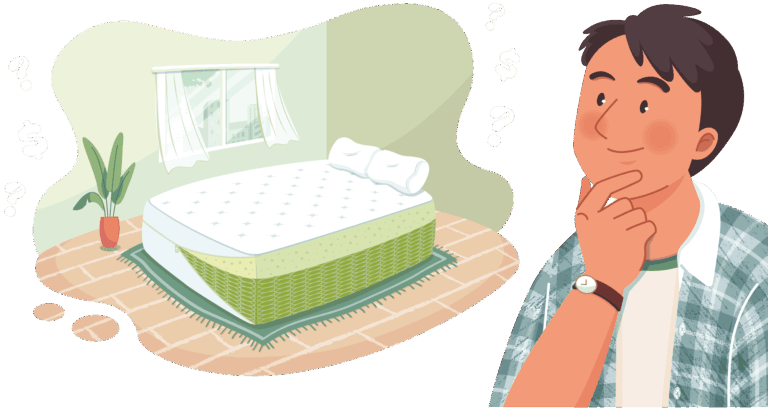
Choosing the Right Zippered Cover for Your DIY Mattress
Finding the perfect zippered cover is fairly simple once you know how to understand what your options are.

